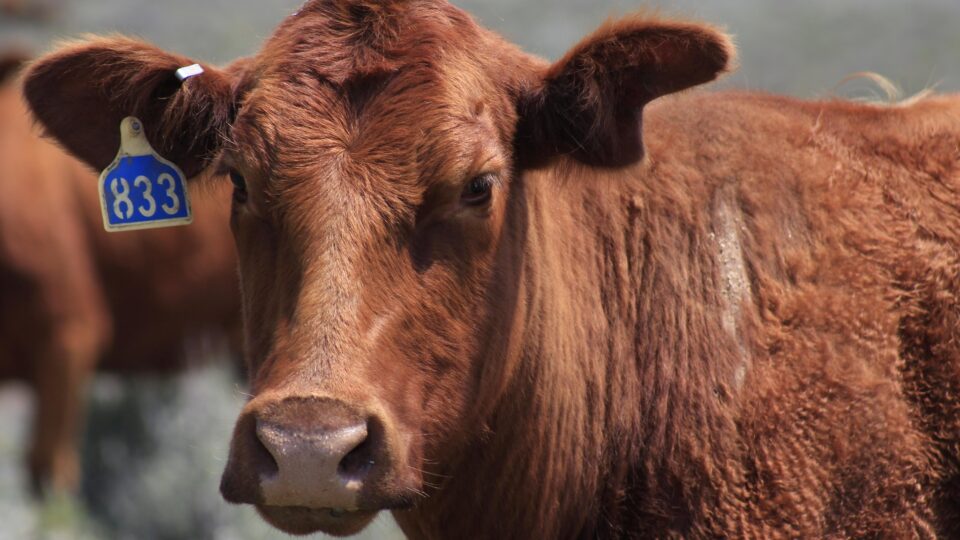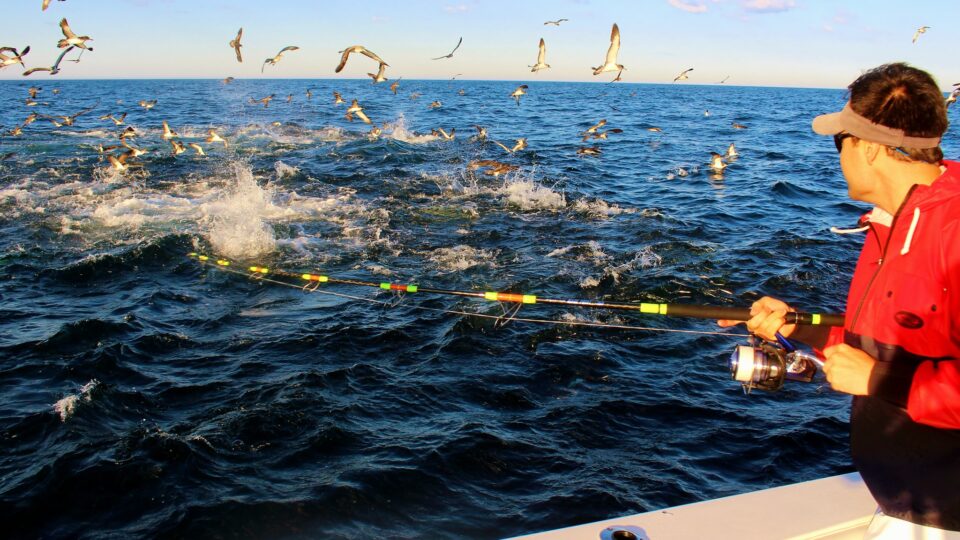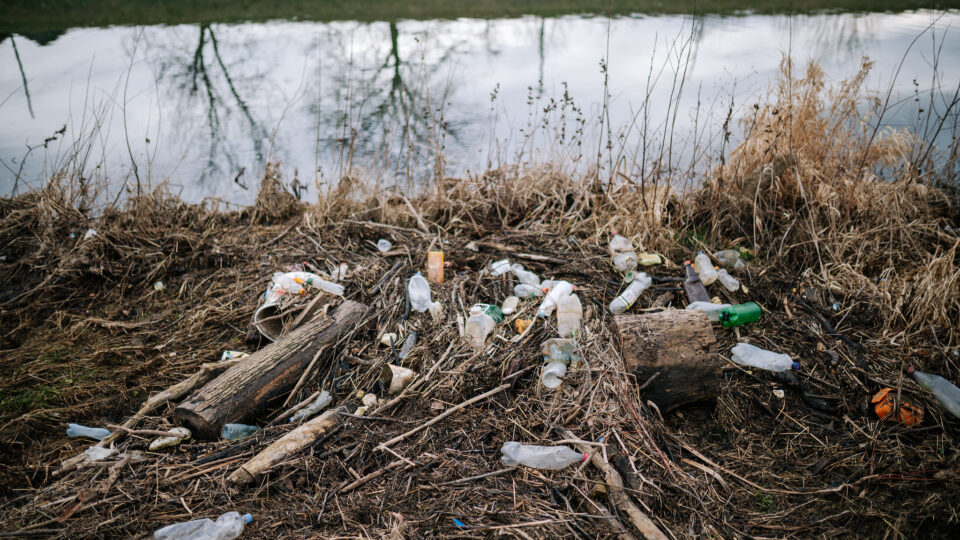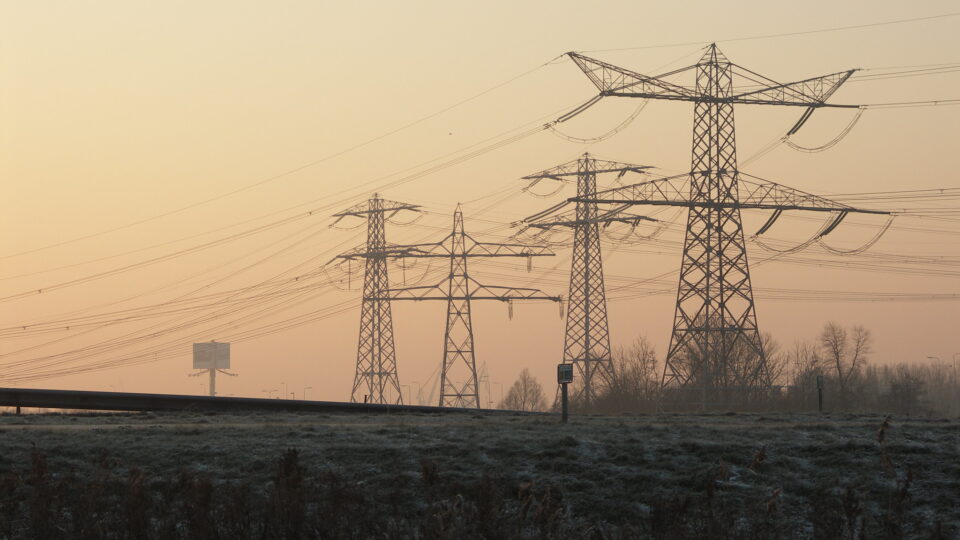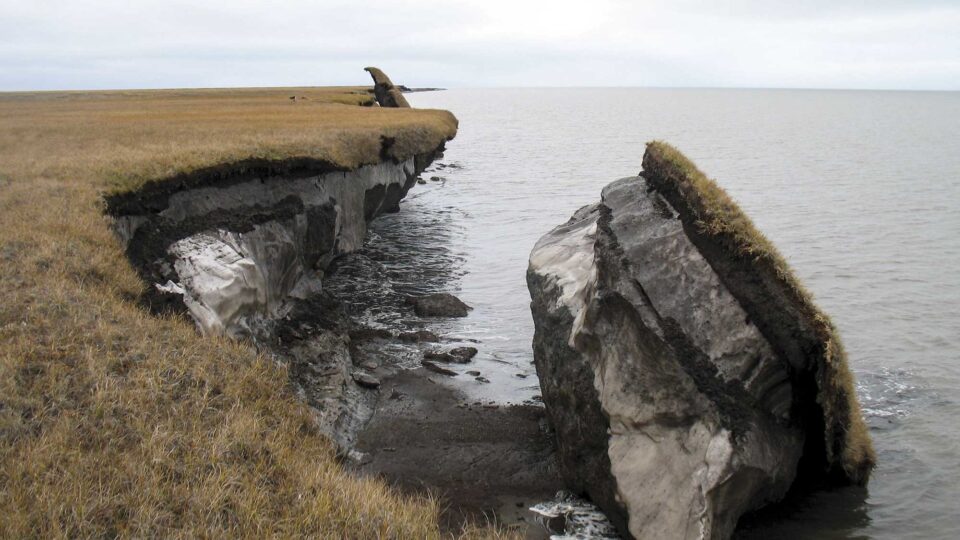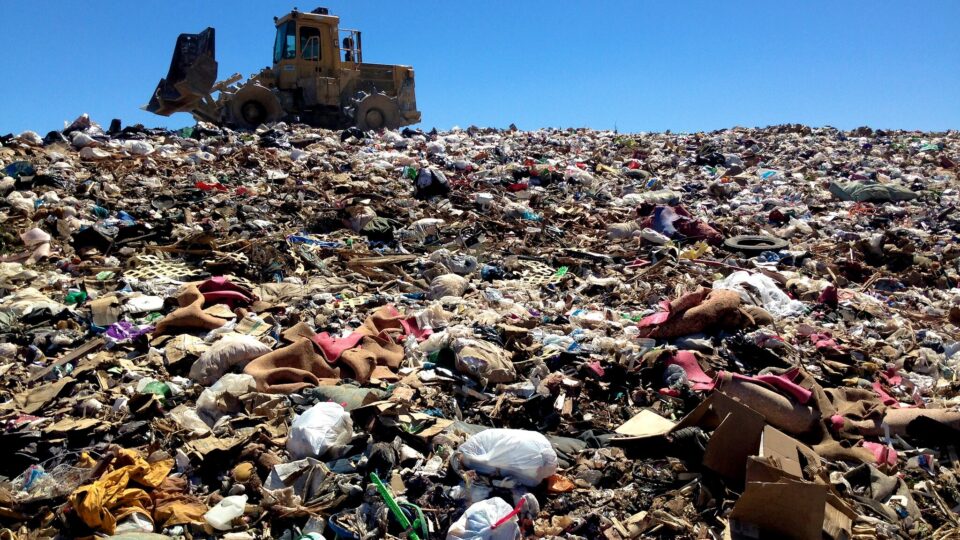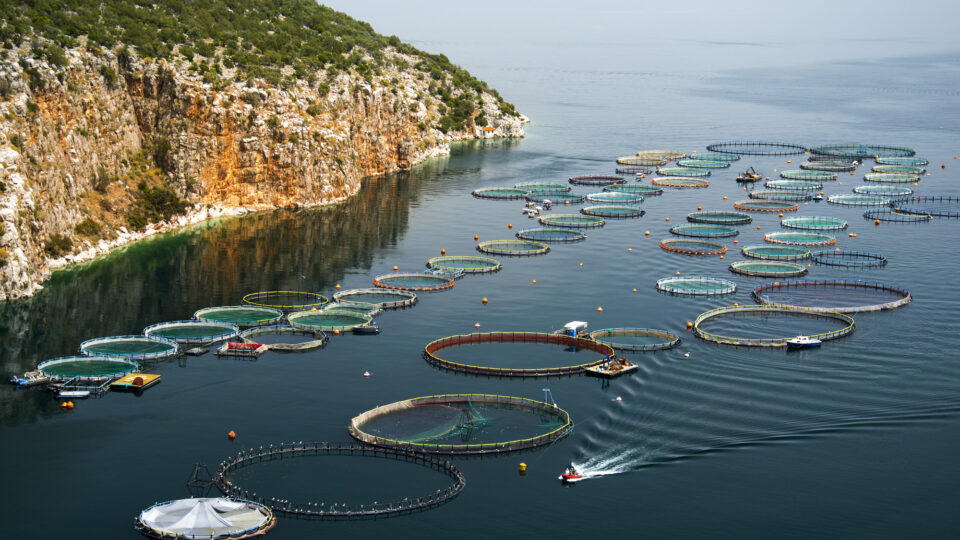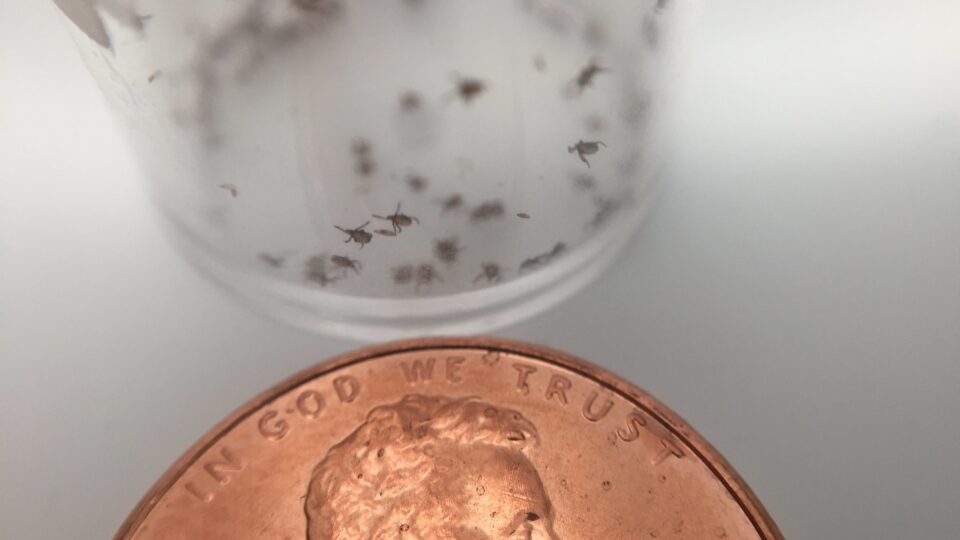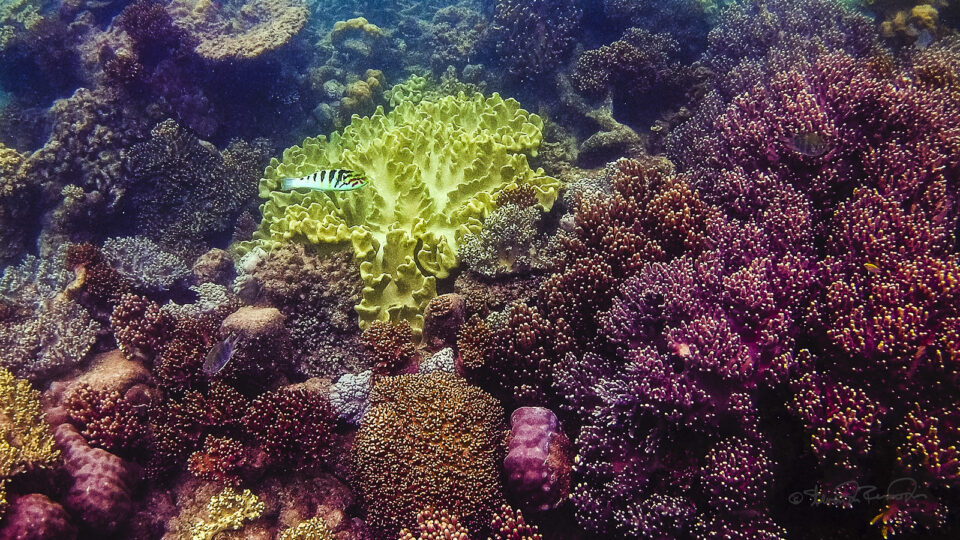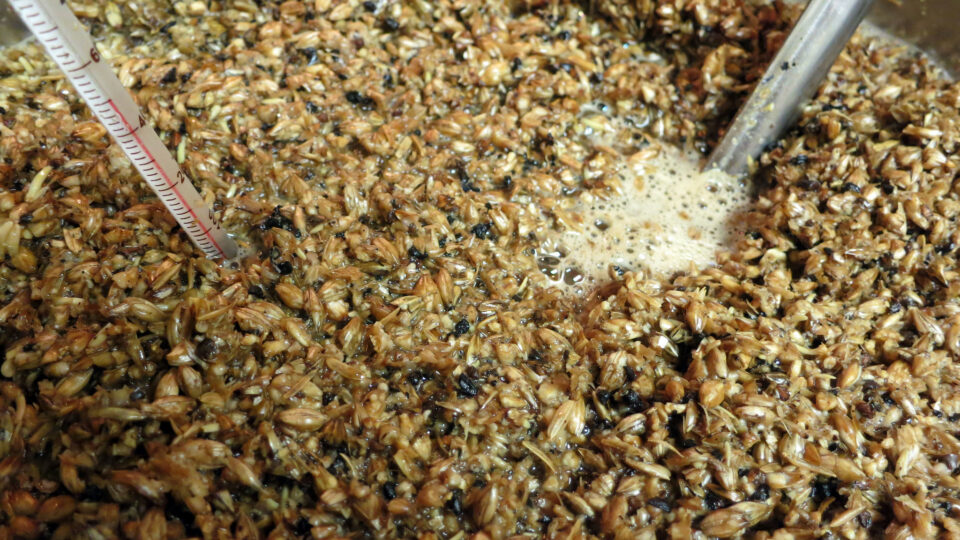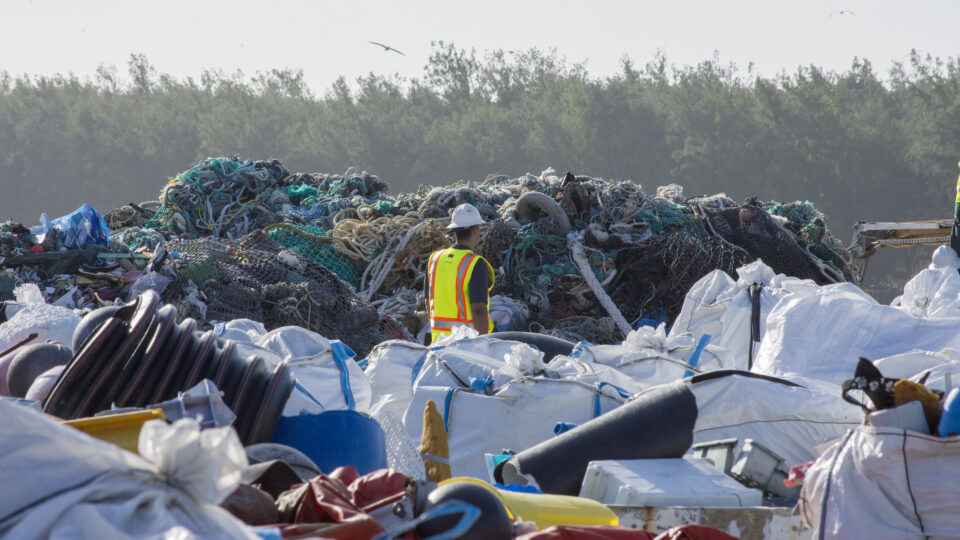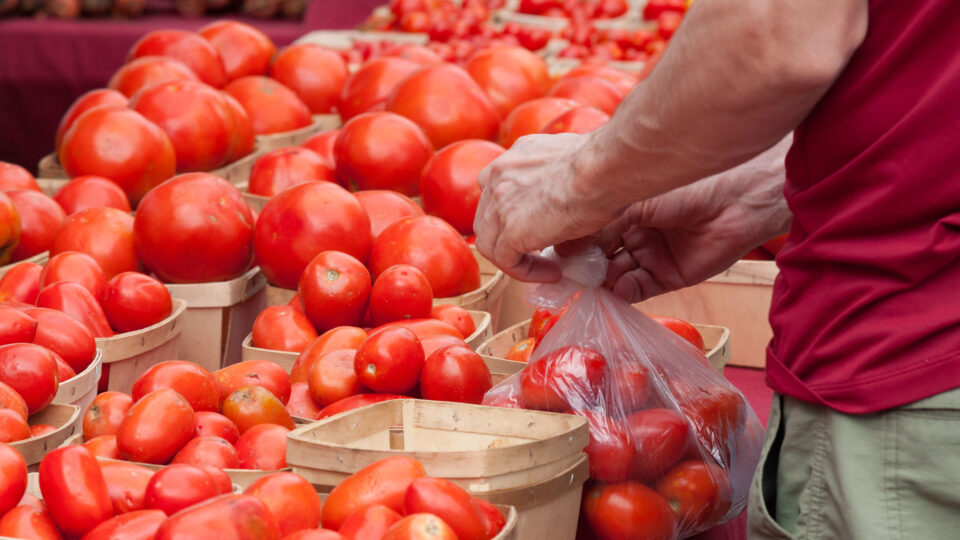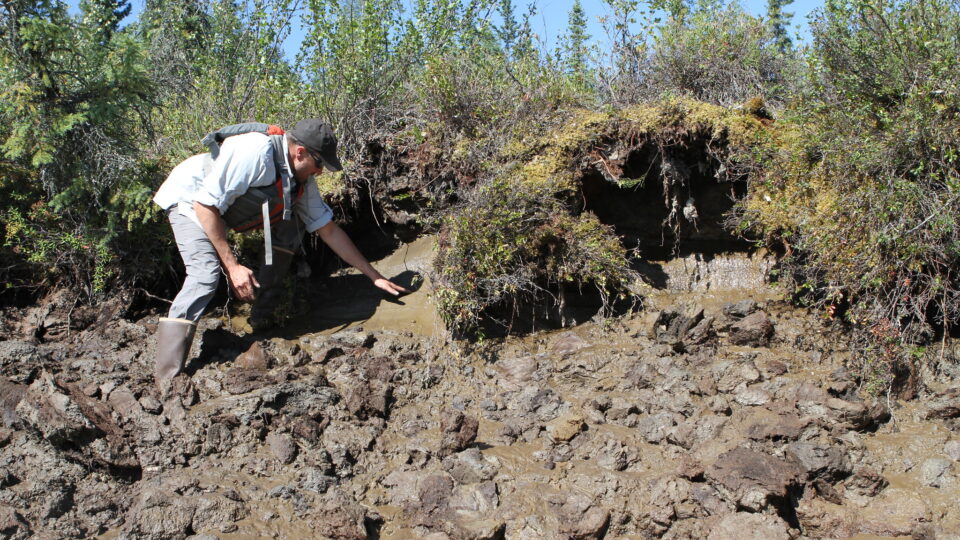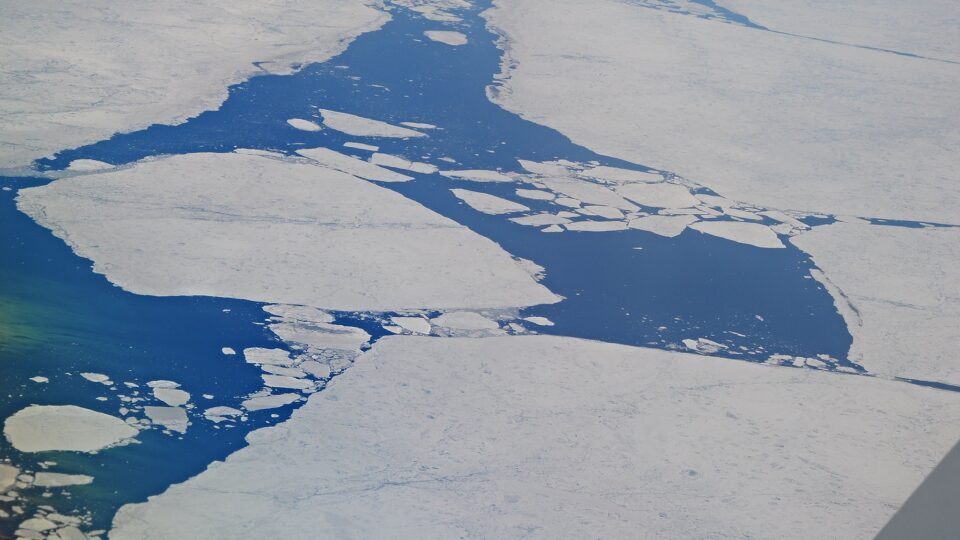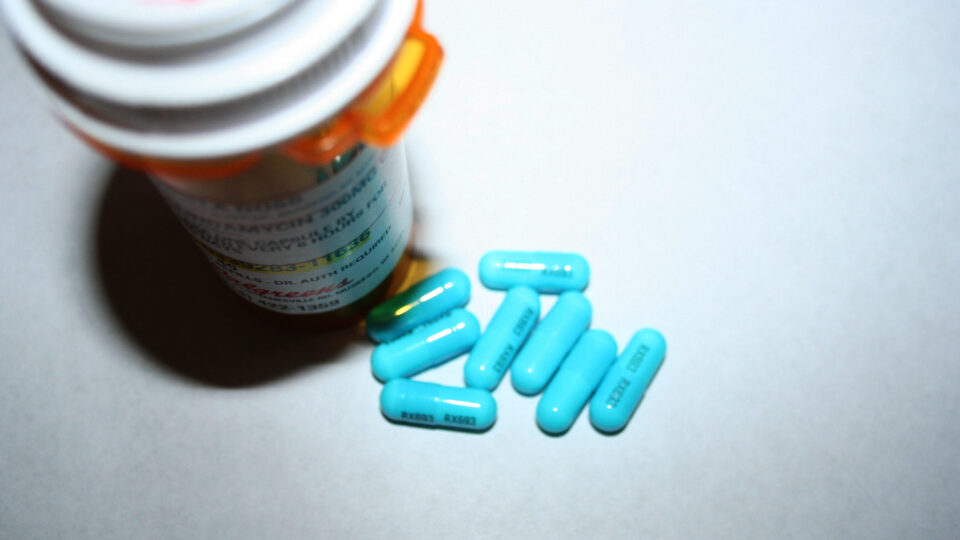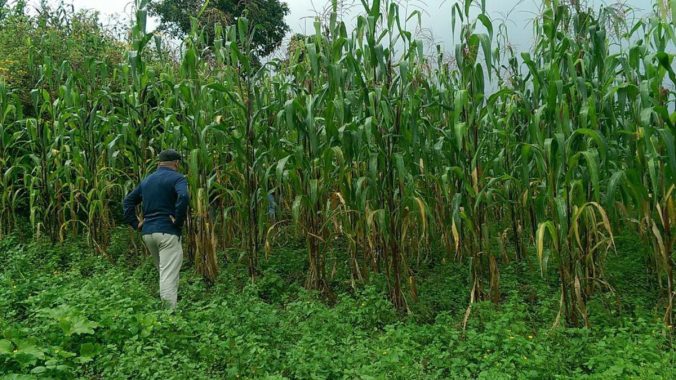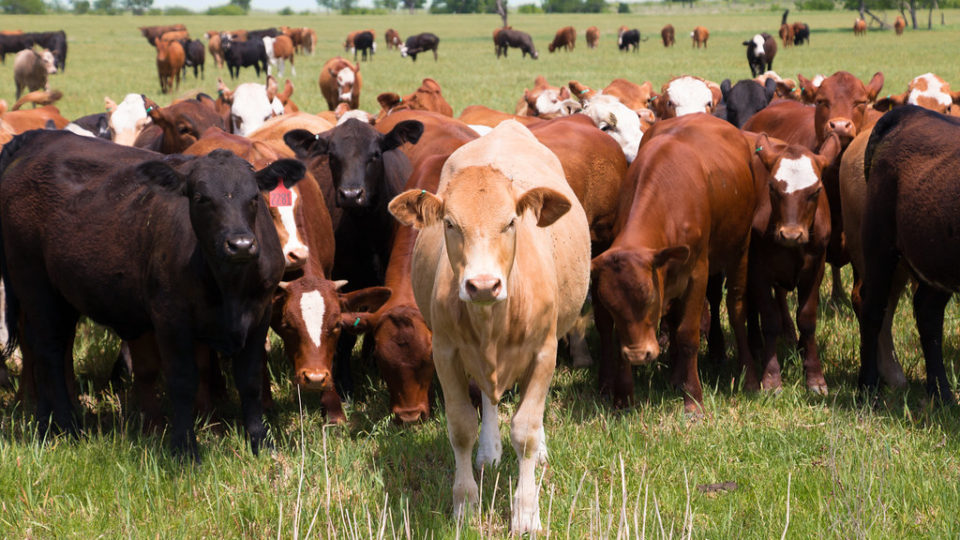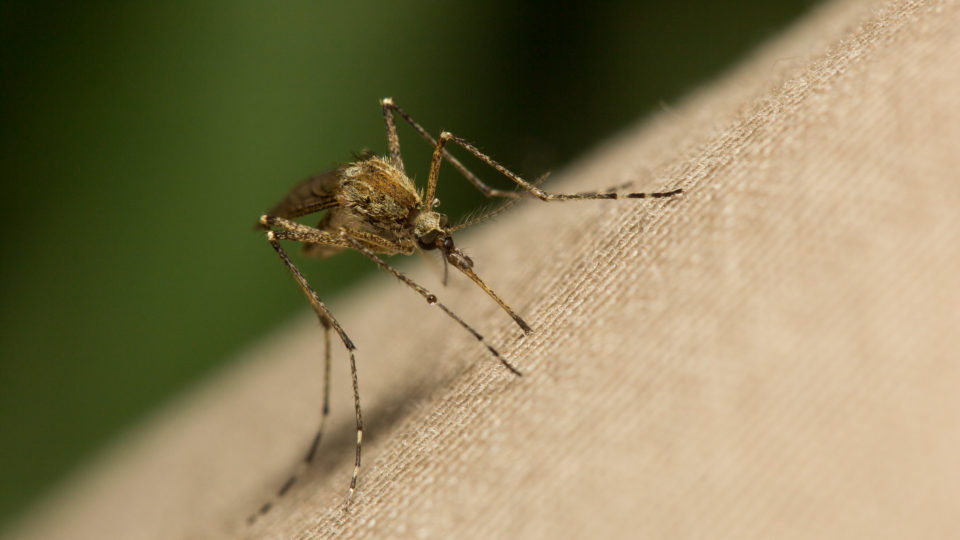Livestock production – primarily cows – produce nearly 15% of global greenhouse gas emissions, mostly in the form of methane emitted by burping caused by the way they process food. A single cow produces roughly 200 pounds of methane gas per year and there are 1.5 billion heads of cattle in the world.
Researchers at Penn State University have found that supplementing the feed of high-producing dairy cows with the botanical extract capsicum oleoresin – a substance obtained from chili peppers – or a combination of that extract and clove oil resulted in the animals using feed energy more efficiently.
Adding these substances – which are commonly called essential oils – to the cattle’s feed results in improved efficiency of energy utilization. It is known that botanicals have the potential to modify fermentation in the cow’s largest stomach – called the rumen.
There have been previous studies for many years adding substances to dairy cow feed – such as seaweed, garlic, and oregano – in an effort to improve milk production and reduce environmental emissions from dairy farms.
The Penn State study was actually not specifically aimed at methane reduction but rather to better use the available energy from the feed to gain body weight. However, the researchers found that the yield and intensity of methane from the cows in the study were decreased by 11% by the combination of capsicum oleoresin and clove oil.
Botanicals have shown a wide range of anti-microbial properties against bacteria, protozoa, and fungi, as well as being potential rumen modifiers in cattle. The new study represents an interesting approach to improve the metabolism of dairy cows.
**********
Web Links
Dairy cows fed botanicals-supplemented diets use energy more efficiently
Photo, posted April 9, 2012, courtesy of Aimee Brown / OSU via Flickr.
Earth Wise is a production of WAMC Northeast Public Radio
